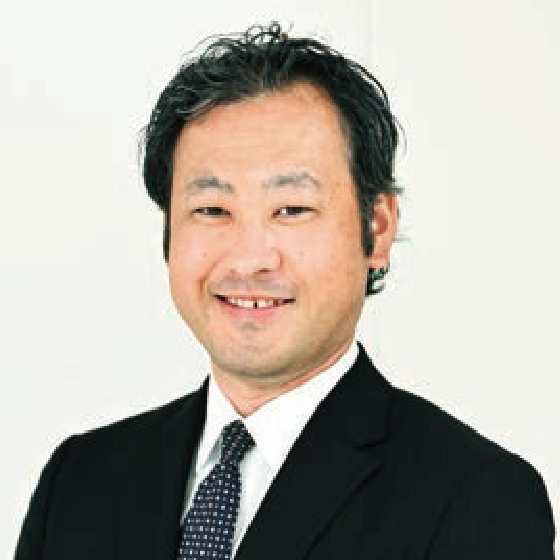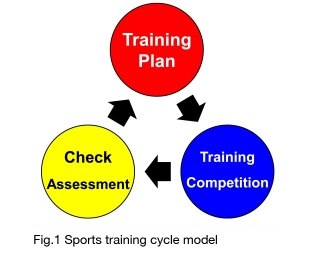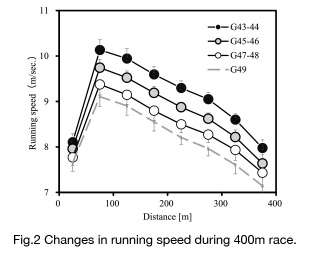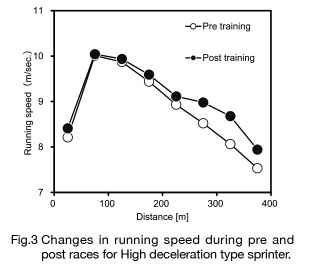- Home
- Faculty Members
- Department of Sports and Health Sciences
- Kohei Yamamoto
Faculty of Sports and Health Sciences
Department of Sports and Health Sciences
- Key words
- Sports coaching

Doctor (Coaching) / Lecturer
Kohei Yamamoto
Education
School of Physical Education, Health and Sport Sciences , University of Tsukuba
Master's Program in Physical Education, Health and Sport Sciences, University of Tsukuba.
Doctoral Program in Coaching Science Three-year Doctoral Programs, University of Tsukuba
Professional Background
Research Fellow of Japan Society for the Promotion of Science
Researcher of Faculty of Health and Sport Sciences, University of Tsukuba
Consultations, Lectures, and Collaborative Research Themes
Training management for athletes Training and coaching for sprinting and running
Main research themes and their characteristics
「Coaching model for 400m sprint based on race analysis」
The “Sports training cycle model ” is important to improve the sports performance (Fig.1). Based on this model, we conducted some research for coaching model for 400m sprint based on race analysis.
Study1 (Fig.2) was conducted to clarify the relationship between race pattern and performance in the men's 400-m race. Using several video cameras, 154 male 400-m sprinters (45-46 s: 26, 47 s: 35,48 s: 58, 49 s: 35) in official competitions were videotaped at a sampling rate of 59.94 Hz from the start to the finish. The split time at every 50 m from the start was calculated using the Overlay method, which analyzes the split time by superimposing an image of the 400-m race onto an image of the hurdles in a 400-m hurdle race. Each segment was defined as follows: First segment, from the start to the 100-mmark; 2nd segment, from the 100-m mark to the 200-m mark; 3rd segment, from the 200-m mark to the300-m mark; 4th segment, from the 300-m mark to the finish. The results of regression analysis revealed significant correlations between the 400-m race time and the all of the segment times, the ratio of the time for the 3rd segment to that of the 4th segment, the rate of change in running speed from the 1st to the 2nd segments, and that from the 2nd to the 3rd segments. However, the relationship between the 400-m race time and the deceleration index (the slope of the linear relationship between running speed and the number of segments from the peak running speed to the finish) was not significant. These results suggest that it is important to maintain running speed in the 2nd and3rd 100-m segments to achieve high performance in the 400-m sprint.
Study2 (Fig.3) was conducted to investigate the changes in race pattern associated with improvement in performance in the men’s 400-m running race. Using several video cameras, 13 male 400-m sprinters (400m time : 46.46±0.55s) were videotaped in official competitions more than 2 times which they mark their personal best record. Subjects were divided to two types which the Low deceleration type and the High deceleration type. Associated with improvement in performance, the running speed from 50m to 200m was increased significantly in the Low deceleration type. On the other hand, in the High deceleration type, the running speed from 250m to 350m was increased. These results suggest that the changes in race pattern associated with improvement in performance in the men’s 400-m running race are different for different types of race pattern.
Major academic publications
「Coaching Theory for Athletics」 Japan Society of Athletics
TAISHUKAN Publishing (2020) ISBN978-4-469-26880-5
K. Yamamoto, K. Miyashiro, H. Naito, K Kigoshi, S. Tanigawa, K. Ohyama Byun, K. Miyashita and M. Ogata
“The relationship between race pattern and performance in the men's 400-m sprint” Japan J. Phys. Educ. Sport Sci., 59 (2014) 159-173.
K. Yamamoto, H. Naito, K. Miyashiro, K. Seki, M. Ueta, K. Kigoshi, K. Ohyama Byun, K. Miyashita and M. Ogata
“Changes in the race pattern associated with improvement in performance in the men’s 400-m running race”
Japan Journal of Studies in Athletics, 14 (2016) 9-18.



